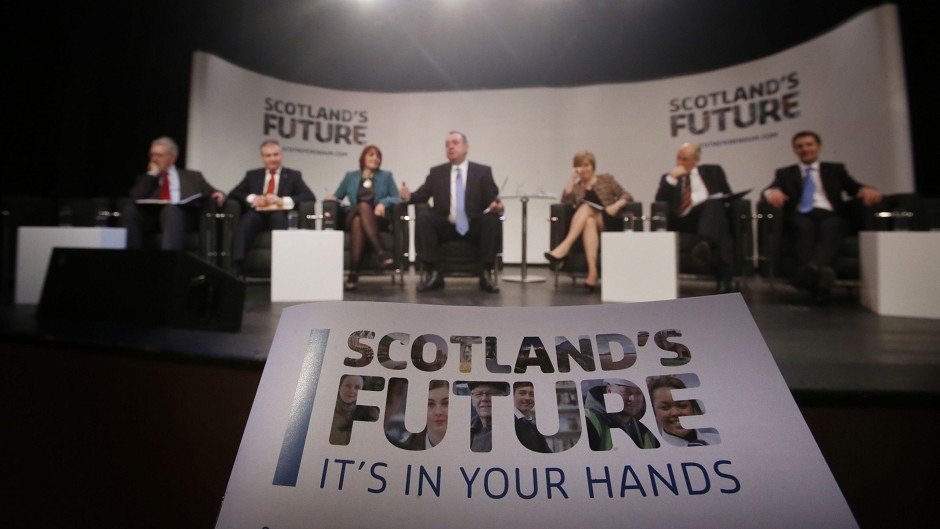The Scottish Government spent about £2.5million of taxpayers’ money trying to persuade people to vote for independence.
Finance Secretary John Swinney yesterday revealed the final details of the costs of producing and promoting the white paper, Scotland’s Future.
More than £1.2million was spent on printing and distributing the blueprint, about £1million on public information activity and about £118,000 on hosting ministerial-public events around the country.
The SNP secured a mandate from the electorate in 2011 to hold a referendum and was determined the public should be given as much information as possible before casting their votes.
But Labour said the expense was “galling” and a “scandal” given that many people could not afford to pay their bills and claimed the SNP should pick up the tab, not the public purse.
More than 165,000 free copies of the 649-page white paper, which was published in November last year, were ordered or downloaded.
The vote on September 18 resulted in 2,001,926 people – 55% – voting No and 1,617,989 – 45% – saying Yes.
Labour finance spokeswoman Jackie Baillie said: “At a time when families are struggling to provide the best possible Christmas, it is galling to learn that the SNP showed no restraint in using public funds to pursue their obsession with independence.
“It remains one of the great scandals of the referendum that the resources of the Scottish Government were abused by the Nationalists for the pursuit of independence.
“John Swinney cannot begin to justify this massive expense to the public purse and it should be paid for by the SNP.”
Liberal Democrat leader Willie Rennie said: “It is a statement of fact that whilst our hospitals faced a beds crisis, teachers were cut from schools and our police force was merged the SNP government was giving money hand over fist for their independence campaign.
“People may think twice before voting to re-run the referendum the SNP just lost, which is clearly what a vote for the SNP at any election will lead to.”
A Scottish Government spokeswoman said the white paper was a “landmark publication” on the country’s future.
“We were determined to ensure that the public were as well informed as possible about its contents and the huge opportunities offered by independence, and there was a clear appetite for information,” she added.
